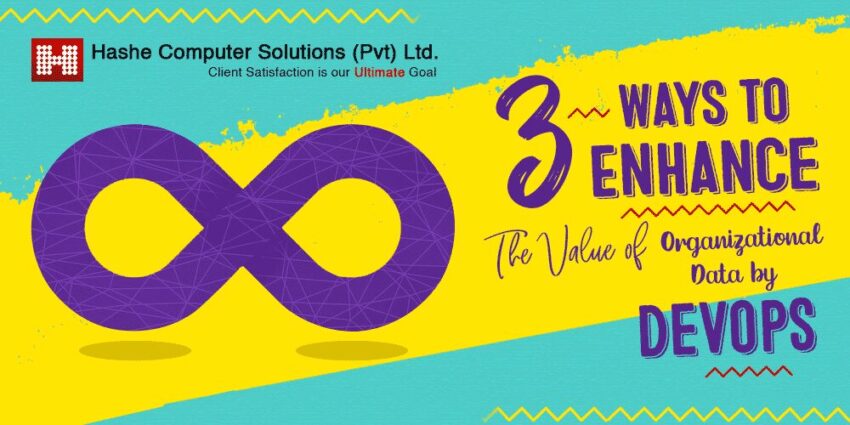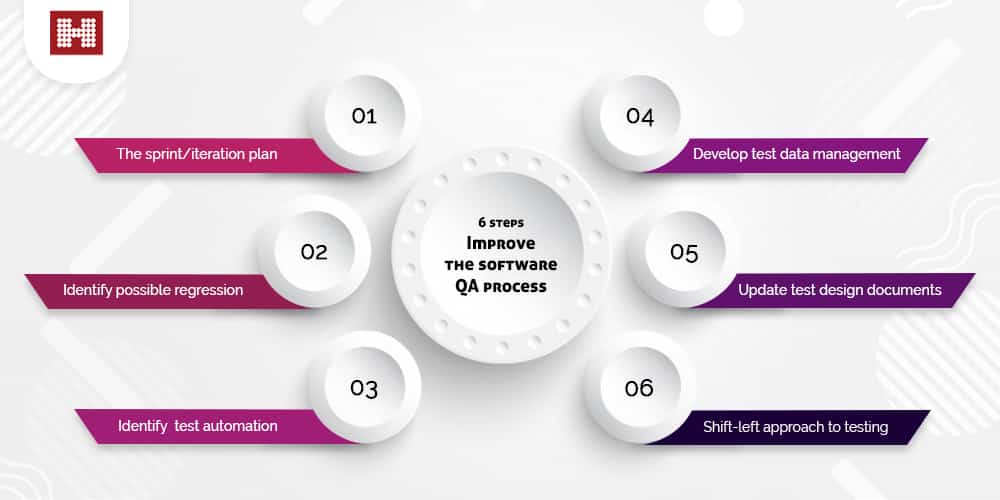
There is a reason the term “data mining” came into existence. Enterprises are sitting on vast resources of information – millions of digital gems, if they are completely extracted, can not only answer many of their tough questions but also help them achieve their most ambitious organizational goals.
Organizational data by DevOps
DevOps professionals have a unique opportunity to influence this mining process. Their vision is for the organizations to change the way they use organizational data by developing new capabilities and strategies in the applications and platforms they create. Nevertheless, recent advances in data science, especially the use of parallel processing platforms that query large-scale datasets in near real-time, are changing the game.
Time to insight is Shrinking
Parallel processing improves analytics with two main paths
First is the time requirement. When organizations manage to process billions of rows of organizational data in milliseconds, that changes the value of that data. In many industries – financial services, for example – there is a big difference between a question that is answered in seconds or minutes. In contrast, it is answered in a fraction of a second. In time, small deltas can make a big difference in the bottom line. As they say, time is money.
The second way is the curiosity factor. In traditional analysis, an example is to ask a question and get an answer. But if the user can ask a question, get an answer and then ask three more questions based on that result, without worrying about a time penalty, there is an opportunity for more interest. This is a pain point that is often misunderstood and largely ignored in most organizations. Without speed and agility, decision-makers may end up asking the same questions over and over again because the time/value equation never improves.
When questions only take seconds to answer, it’s easy to ask new questions, dig deeper into the data, and see problems in completely new ways. DevOps have the potential to empower their organizations with parallel processing capabilities and significantly increase the value of data.
Here are three more important ways
1. Use multiple processors to Scale processes
A collection of centralized organizational data facilitates analytics throughout the organization, especially for businesses that make heavy use of Business Intelligence (BI). While a central location is beneficial, it also places strong demands on DevOps to provide adequate performance.
Parallel processing can support this way, even in mixed GPU / CPU environments. Parallel code allows one processor to count multiple organizational data items at once. This is necessary to get maximum performance on GPUs, which have thousands of hanging units. However, improving hybrid execution also translates well into the CPU, which consists of fast-acting units capable of processing more than one data item at a time. Parallel calculations can only improve query performance in a CPU system.
High-speed analytics platforms can spread multiple physical hosts on the same query when the data is too large to fit on a machine. Such platforms can measure up to tens, even hundreds of billions of rows on a single node and more than one node. The letter improves with the number of nodes in load times, as loading can be done simultaneously.
2. Connect data cells for deeper understanding
New insights arise when questions are asked not just to one questioner or another, but to the point where they meet and relate to each other. Now decision-makers don’t have to look under one rock and then go to five other rocks. Instead, they can treat their organizational data stores as a complete, integrated resource.
The benefits of connected cellulose do not stop there. Using faster analytics, it is possible to connect internal datasets to external sources. Analysts want to review the retail performance of demographic shifts.
3. Use advanced analytics to tighten datacenter security
No one needs to tell developers that cybersecurity is necessary. Nevertheless, the difficulty often remains at the top of the challenge; for example, log files can grow into billions of rows of organizational data every day.
The ability to pull security data into a fast analytics environment provides instant insights into data center security. Dashboards incorporating such capabilities allow staff to monitor log files and other security datasets in real-time closely. Furthermore, spatial, temporal analysis. The ability to connect and analyze time and location data is becoming increasingly valuable for intrusion forensics. When professionals understand which region of the world the attack is coming from, it becomes much easier to minimize or prevent it.
Give the data a second look
Despite the incredible increase in big data, organizations do not always turn to their repositories to answer their difficult questions. They assume that the platforms they have, or the organizational data they have, are too illegitimate, slow, or difficult to take advantage of. Organizations need to go back to an era in which they relied on the ability of statistics to answer these tough questions. Many teams asked only questions they knew the data could answer, rather than uncover more sophisticated analytical solutions.
With the right technology and place of action, the questions that once seemed impossible are no longer invincible. The statistics that reside in the organization are far more valuable than one might think. All we have to do is dare to ask us.
Check out our Social Media Pages:
- Facebook: https://www.facebook.com/hasheCS/
- Instagram: @hashe_official
- LinkedIn: https://pk.linkedin.com/company/hashe-computer-solutions
- Twitter: https://twitter.com/hashe
- Youtube: https://www.youtube.com/channel/UCay7eQtwoQ3ehoIesAxHDPw
- Pinterest: https://www.pinterest.com/hashecs/
- Threads: https://www.threads.net/@hashe_official
- Behance: https://www.behance.net/hashecs
Was this helpful?
Last Modified: June 28, 2024 at 2:20 pm
568 views















